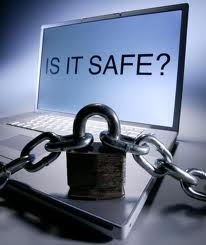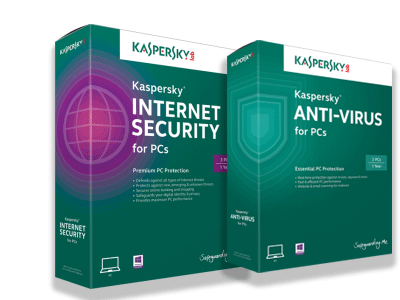
TO OPEN OR NOT TO OPEN?
No matter what level of security software you have installed on your computer, it can’t protect you from the headaches you’ll encounter if you click on an unsafe link. These links will appear to be shortcuts to funny videos, shocking news stories, awesome deals, or “Like” buttons, but are really designed to steal your personal information or hijack your computer. You can also get these links from friends who can unknowingly pass on unsafe links in emails, Facebook posts, and instant messages. These links are also found on websites in ads and search results. Here are some ways you can check to see if these links are safe to open or not.
HOVER OVER THE LINK – Many times a link will masks the website to which it is linked to. If you hover over a link without clicking it, you’ll notice the full URL of the link’s destination in a lower corner of your browser. If it doesn’t show anything recognizable, it may be risky clicking through. Try hovering over the following link to try this out. TEST LINK #1
USE A LINK SCANNER – Link scanners are websites and plug-ins that allow you to enter the URL of a suspicious link and check it for safety. You can find many free and reliable link scanners on the web, try URLVoid first. This link scanner uses a multiple services such as Google, MyWOT, and Norton SafeWeb and reports the result to you quickly. Some internet security software has a built in link-scanner to help you navigate the web a little safer like Avast and Norton 360
CHECK OUT SHORTENED LINKS – One drawback with using URLVoid is that it can’t properly handle shortened URLs from services such as bitly, Ow.ly, and TinyURL. URLVoid will scan the shortening service website instead of the link to which it points. To scan short-links that are often found on Twitter and Facebook you would be better to use OnlineLinkScan. This scan site automatically expands the short-link and draws upon a handful of services, such as Google, AVG, and PhishTank to determine if the real link is safe. You can also use OnlineLinkScan for scanning non-shortened links, but URLVoid checks more sources when checking full URL’s. Try it out on our test link: TEST LINK #2
COPY A LINK SAFELY – All of these services require that you type in or paste a suspicious link, so how do you quickly and safely grab the URL without opening anything? Real Easy. Just right -click the link to bring up a context menu, then click “Copy shortcut” (in Internet Explorer), “Copy Link Location” (in Firefox), or “Copy Link Address” (in Chrome). Your URL is now copied to your clipboard and you can paste it into any search field. Try that with the following: TEST LINK #3
Try these link scanners to protect your computer from unsafe links, but if you do download one of these nasty little buggers and can’t get rid of it, contact us at Northampton Computer Repair.
Dont forget to download our guide to the safest email practices which includes links sent via email.


